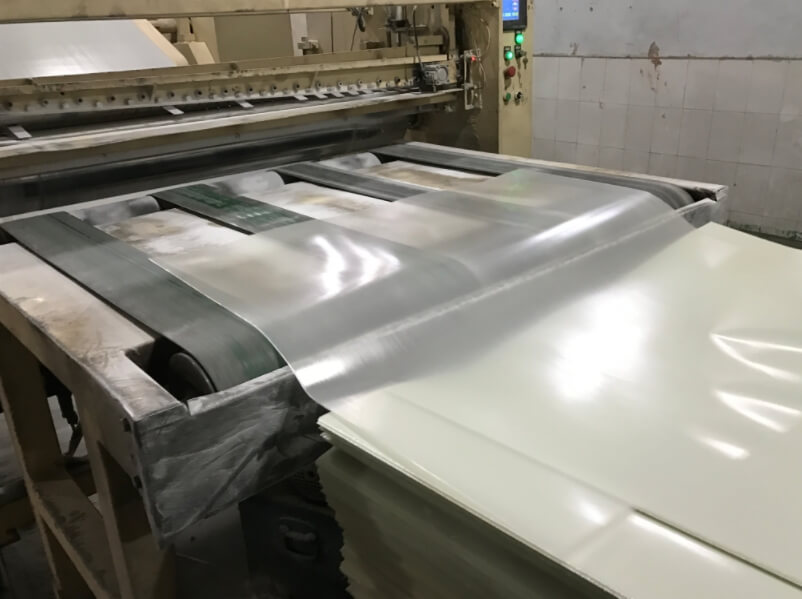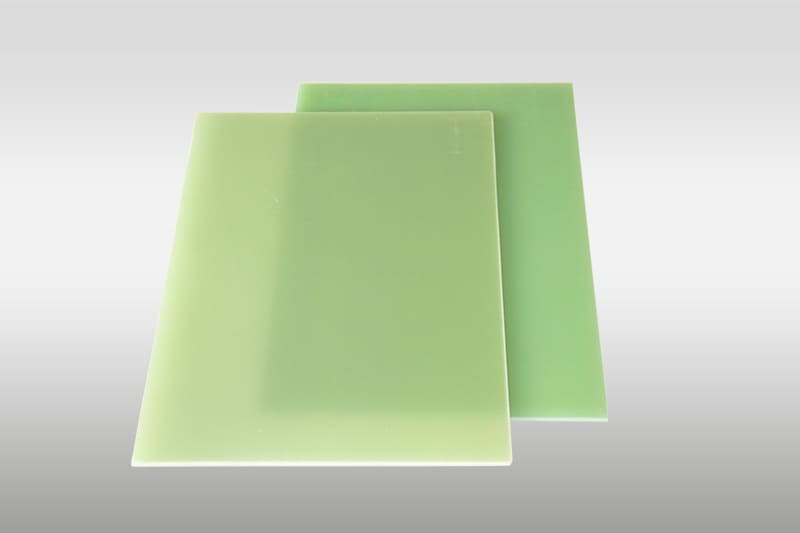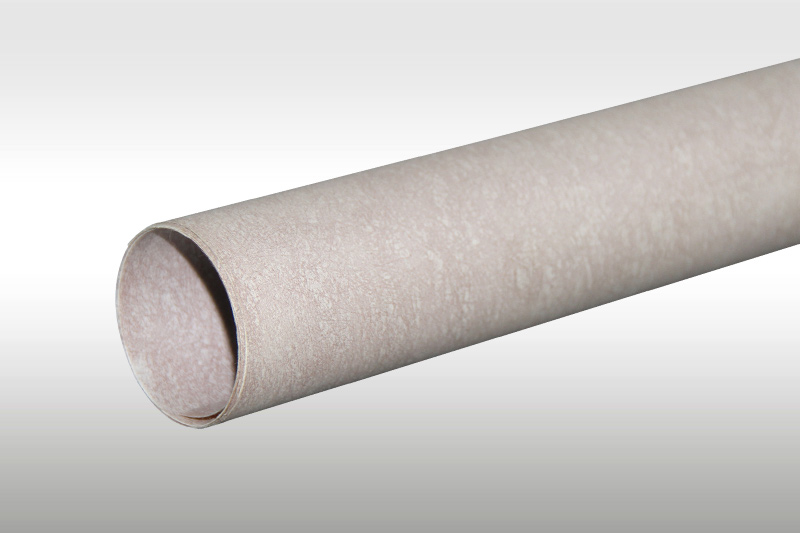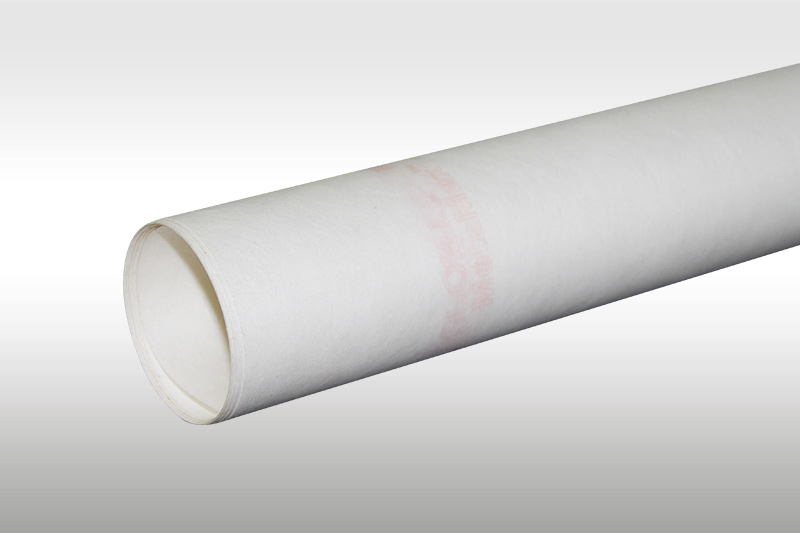product description
Description of FR4 epoxy fiberglass sheet
FR-4 flame retardant epoxy fiberglass sheet is also called epoxy fiberglass cloth laminated sheet It is plate-like laminated products formed by electronic grade fiberglass cloth impregnated with epoxy resin and fire retardant under hot pressing of high temperature and pressure with high mechanical property and dielectric property, FR4 is a NEMA grade designation for glass-reinforced epoxy laminate material. It’s composed of woven fiberglass cloth with an epoxy resin binder that is flame resistant (self-extinguishing)Epoxy Laminate.
The “FR” in FR4 stands for “flame retardant,”4 Represents glass epoxy resin. particularly in the manufacturing of printed circuit boards (PCBs).good heat and moisture resistance, as well as strong mechanical processing property.
The insulation class is F class, and the main color is white(original color), aqua, black and yellow.
FR4 key features and datasheets:
Specific gravity/density: 1.850 g/cm³
Water absorption: Less than 0.10%
Temperature index: 140°C
Thermal conductivity: Through-plane 0.29 W/(m·K), In-plane 0.81 W/(m·K)
Flexural strength: LW > 415 MPa, CW > 345 MPa
Dielectric breakdown: > 50 kV
Relative permittivity: 4.4
This data is provided for information purposes only and is referenced by ztelecgroup
Application of FR4
FR4 epoxy laminated sheet is a versatile material with a wide range of applications, particularly in the electronics industry. Here are some of the primary uses of FR4:
Printed Circuit Boards (PCBs): FR4 is the standard material used for PCBs due to its excellent electrical insulation, mechanical strength, and flame retardant properties.
Insulators: Its high dielectric strength makes it suitable for use as an insulator in various electrical applications.
Jigs and Fixtures: The material’s mechanical stability allows it to be used in the manufacturing of jigs and fixtures.
Medical Diagnosis Equipment: FR4’s reliability and safety features make it a good fit for medical diagnostic devices.
Test Boards: It is used for creating test boards that require consistent performance.
Arc Shields: The material’s flame retardant property is beneficial in applications like arc shields that protect from electrical discharges.
Screw Terminal Strips: FR4 is used in screw terminal strips, which are used to connect wires in electrical equipment.
Its properties such as near-zero water absorption and good strength-to-weight ratios also contribute to its utility in a variety of other electrical and mechanical applications beyond those listed. The material’s ability to retain its high mechanical values and electrical insulating qualities in both dry and humid conditions further broadens its application scope.
It is suitable for insulating structural components of mechanical, electronic and electrical equipment with flame retardant requirements.
|
l Slot Wedges
l Terminal Boards and Tag Strips
l High-Voltage Switches
l Planetary Gears
|
l Machine parts
l Bolt Insulation
l FPC Reinforcing Sheets
l Electronic Insulation Fields
|
l PCB Drilling Pad
l Electromechanical Components
l Wiring Boards
l Power Distribution Cabinets
|
Thickness:0.3~100mm Specification:1020×1220mm;1020×2040mm;1220×2440mm
How is FR-4 made?
The manufacturing process of FR-4 involves several carefully controlled steps to ensure the material meets stringent quality standards. Here’s an overview of how FR-4 is made:
1.Selection of Raw Materials: High-quality glass fiber cloth and epoxy resin are selected as the core components.
2.Impregnation: The glass fiber cloth is impregnated with epoxy resin, sometimes along with certain fillers to improve properties like flame retardancy.
3.Laying Up: The impregnated glass cloth layers are arranged meticulously to form a stack.
4.Pressing: The stack is then placed in a press, where it is subjected to heat and pressure. This bonds the layers into a single, cohesive sheet.
5.Curing: The pressed sheets are cured to solidify the resin, which also enhances the material’s mechanical and thermal properties.
6.Cutting and Finishing: The cured sheets are then cut to size and finished according to customer specifications. This may involve CNC milling, water-jet cutting, or other machining processes.
The result is a sturdy, versatile material that exhibits excellent mechanical strength, electrical insulation, and resistance to high temperatures, making it ideal for a variety of applications, particularly in the electronics industry for PCBs. The FR-4 material can also come in different forms, such as pre-impregnated cloth (prepreg), pressed sheet, wound tube, or as finished parts.
Advantage of FR4
Epoxy laminate FR-4 offers several advantages that make it a preferred material in various applications, especially in the electronics industry. Here are some of the key benefits:
Flame Retardant: FR-4 is classified as flame retardant, complying with the UL94V-0 standard, which is crucial for materials used in electronic applications requiring flame retardancy.
Mechanical Strength: The glass fiber cloth reinforcement in FR-4 provides high tensile strength and durability, contributing to the overall mechanical integrity of the laminate.
Electrical Insulation: Epoxy resin, combined with glass fibers, offers robust electrical insulation, essential for maintaining the reliability and performance of PCBs.
Thermal Stability: FR-4 exhibits high thermal stability, allowing it to withstand the rigors of various electronic applications without degrading.
Chemical Resistance: The material is resistant to many chemicals, making it suitable for use in environments where chemical exposure is possible.
Low Moisture Absorption: FR-4 has near-zero water absorption, which helps maintain its electrical and mechanical properties in humid conditions.
Dimensional Stability: It maintains its shape and size over a wide range of temperatures and mechanical stresses.
Cost-Effectiveness: FR-4 is compatible with standard PCB fabrication processes, such as drilling, etching, and soldering, which makes it a cost-effective option for mass production.
These properties ensure that FR-4 can be reliably used in a wide range of applications, from consumer electronics to industrial components, while providing safety and performance.
FR-4 flame retardant epoxy fiberglass board, produced by ZTelec Group taking high-quality fiberglass cloth and epoxy resin as raw materials, can be mass-produced with advanced automatic production lines. This product has the advantages of reliable quality, uniform appearance and color and small thickness tolerance with strict manufacturing technology. The mechanical and electrical properties of products are superior to the similar one of other companies. Its quality is recognized by domestic and foreign large enterprises such as Lens Technology in China and Schneider Electric and sold overseas like European and American areas.
Comparison of epoxy boards fr-4, fr-5 and g10
Epoxy boards such as FR-4,
FR-5, and
G10 are all made from glass cloth impregnated with epoxy resin, but they have different properties and uses due to variations in their composition and manufacturing processes. These are all
electrical insulating materials, here is their comparison:
FR-4: This is the most commonly used material for printed circuit boards (PCBs). It is flame retardant due to the addition of bromine to the epoxy resin, which helps to extinguish flames. FR-4 has good mechanical and electrical insulation properties and is suitable for a wide range of temperatures.
FR-5: Similar to FR-4, FR-5 also has flame retardant properties. The key difference is that FR-5 has a higher temperature rating than FR-4, making it suitable for applications that require better thermal stability and mechanical strength at elevated temperatures.
G10: Unlike FR-4 and FR-5, G10 does not contain brominated epoxy resin, which means it is not flame retardant. However, it has excellent mechanical properties, high dimensional stability, and is resistant to water, making it suitable for applications where flame retardancy is not required. G10 is often used in electrical insulators and structural components.
In terms of mechanical strength, G10 exhibits a higher flexural strength compared to FR-4, making it more resistant to bending forces. However, FR-4 and FR-5 materials may offer superior mechanical and electrical properties due to modern resins and manufacturing processes.
Design engineers should consider the specific requirements of their applications, such as flame retardancy, mechanical strength, electrical insulation, and environmental resistance, when choosing between these materials. Each material has its advantages and is best suited for different types of applications within the electronics and mechanical design industries.
How to choose the right fr4 material
1.Consider the Application: The specific requirements of your application will dictate the type of FR4 material you need. For high-power or high-temperature applications, you might need a material with a higher glass transition temperature (Tg).
2.fr-4 Board Thickness: The thickness of the FR4 board should be chosen based on the end-use of the PCB. Thinner boards might be suitable for compact devices, while thicker boards might be necessary for more robust applications.
3.Dielectric Properties: Pay attention to the dielectric constant and dissipation factor, as these will affect signal integrity and impedance control in your PCB design.
4.Thermal Performance: Check the decomposition temperature and the coefficient of thermal expansion. Materials with higher decomposition temperatures and lower thermal expansion are preferable for applications that undergo significant thermal cycling.
Mechanical Strength: Evaluate the flexural strength of the material, especially if the PCB will be subject to mechanical stress.
5.Cost-Effectiveness: While FR4 is generally a cost-effective option, prices can vary based on the specific properties and manufacturer. Balance cost with the quality and performance requirements of your project.
6.Availability: Ensure that the FR4 material you select is readily available from your chosen supplier to avoid delays in your manufacturing process.
7.Regulatory Compliance: Make sure the FR4 material meets all relevant industry standards and regulations for safety and performance
8. Contact the manufacturer: By sending your own requirements, the manufacturer will help you produce fr4 materials that meet your needs, and reduce the price difference between middlemen. Large quantities will also be more affordable. You can
contact us ztelecgroup and send an email for a quote
Property Parameter of FR4
Executive Standard: GB-T 1303-2009 - IEC60893-2004
|
Number |
Item |
Unit |
Value |
|
1 |
Density |
g/cm3 |
1.8-1.95 |
|
2 |
Water Absorption(Thickness:1-20mm) |
mg |
17-73 |
|
3 |
Flexural Strength at Perpendicular Lamination |
MPa |
≥340 |
|
4 |
Impact Strength at Parallel Lamination |
KJ/m2 |
≥38 |
|
5 |
Dielectric Strength at Perpendicular Lamination(Transformer Oil at 90℃)(Thickness:1mm) |
KV/mm |
≥14.2 |
|
6 |
Breakdown Voltage at Parallel Lamination |
KV |
≥35 |
|
7 |
Dielectric Constant(50Hz) |
- |
≤5.5 |
|
8 |
Dielectric Loss Factor(50Hz) |
- |
≤0.04 |
|
9 |
Insulation Resistance after Immersion |
Ω |
≥5.0×1010 |
|
10 |
Flammability |
- |
V-0 |
|
11 |
Thermal Index |
- |
130 |
General Properties
|
|
|
Property
|
Unit of measure
|
Typical Value
|
|
Density
|
gc/m3
|
1.98-2.08
|
|
Water Absorption (5mm)
|
%
|
≤0.15
|
|
Flame Retardant
|
UL94
|
V0
|
Electrical Properties
|
|
|
|
|
Property
|
Unit of measure
|
Typical Value
|
|
Electrical Strength ⊥
|
kV/mm, thickness<3mm
|
≥10.2
|
|
Electrical Strength ∥
|
kV
|
≥35
|
|
Tracking Resistance
|
PTI
|
≥200
|
Mechanical Properties
|
|
|
Property
|
Unit of measure
|
Typical Value
|
|
Benging Strength
|
MPa
|
≥400
|
|
Tensile Strength
|
MPa
|
≥300
|
|
Compressive Strength ⊥
|
MPa
|
≥350
|
|
Modulus Of Elastricity
|
MPa
|
≥24000
|
|
Impact Strength ∥
|
kJ/m2
|
≥33
|
Thermal Properties
|
|
|
Property
|
Unit of measure
|
Typical Value
|
|
Thermal Charactersitices
|
℃
|
130
|
Notes
|
Disclaimer: The above values are based upon routine test data and do not form the basis of a supply contract. These
products may be used in a diverse range of applications and whilst every effort is made to ensure the information in this
data sheet is accurate, it must be stressed that it is the user's responsibility to ensure suitability for the intended end use.
Stroage: Wrapped with packaging film and packed in pallet; horizontally placeed in dry and clean room at room temperature; keep it away from moisture and fire. The storage period is 12 months.
|
Of course, we also have more types of electrical laminates for you to choose from.










